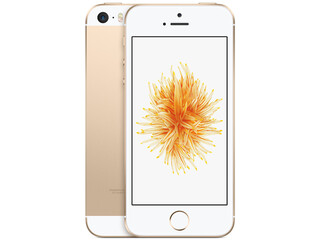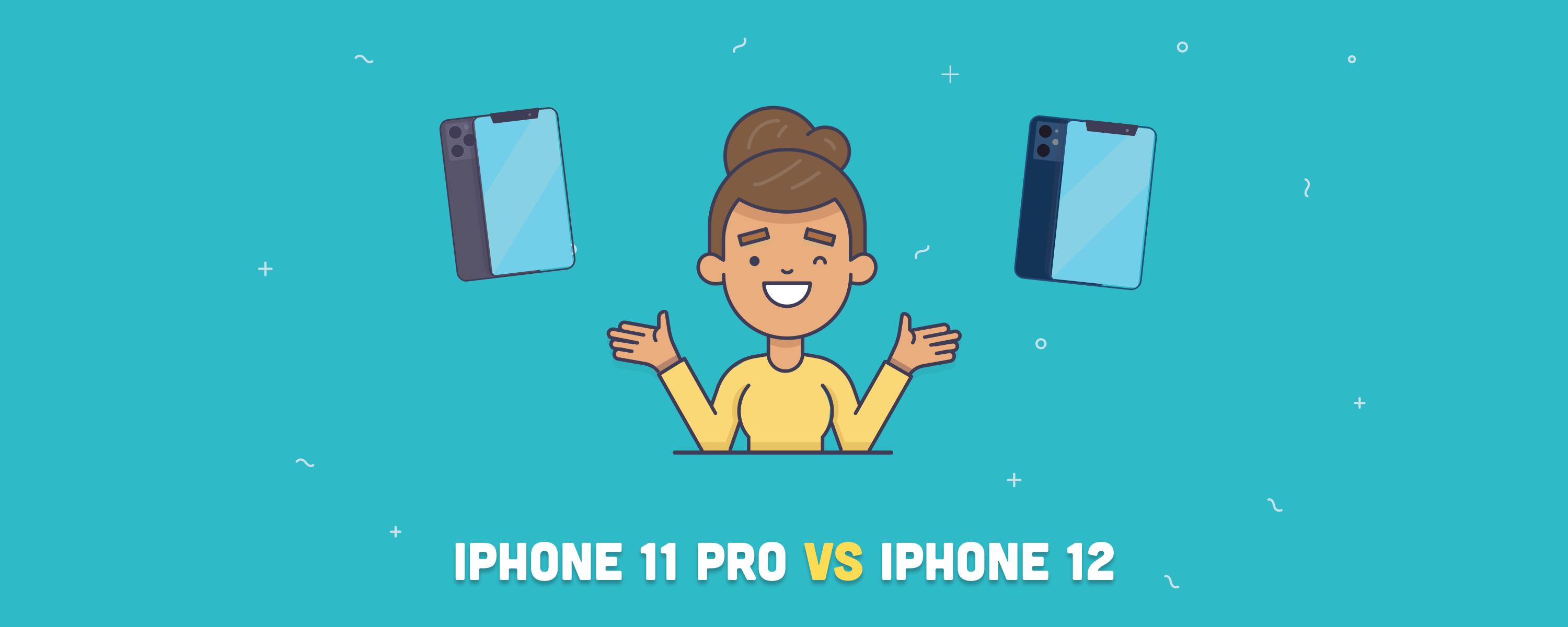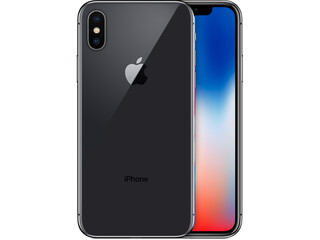Buying a new phone or changing your phone carrier can be a tricky process if you’re not familiar with terms like locked and unlocked phones. Don’t worry; we’re here to clear things up! In this guide, we’ll talk about what these terms mean, why they’re important, and share some useful tips on dealing with locked phones.
Table of contents
What is a locked phone?
A locked phone is only compatible with one carrier or network provider, such as T-Mobile, Verizon, and AT&T. On the other hand, an unlocked phone is not locked exclusively to one network provider, and it’s compatible with different carriers.
We must point out that it is possible for a phone not to work with certain carriers due to technical incompatibilities. However, most modern phones—including the iPhone—are compatible with most carriers worldwide. If you have a locked Android phone or a locked iPhone, you can easily unlock them.
A ruling by the FCC now ensures that users can have their phones unlocked by their carriers at the contract end. The method needs to be uniform and straightforward across carriers, and several of them allow you to unlock your phone after a short period of your contract.
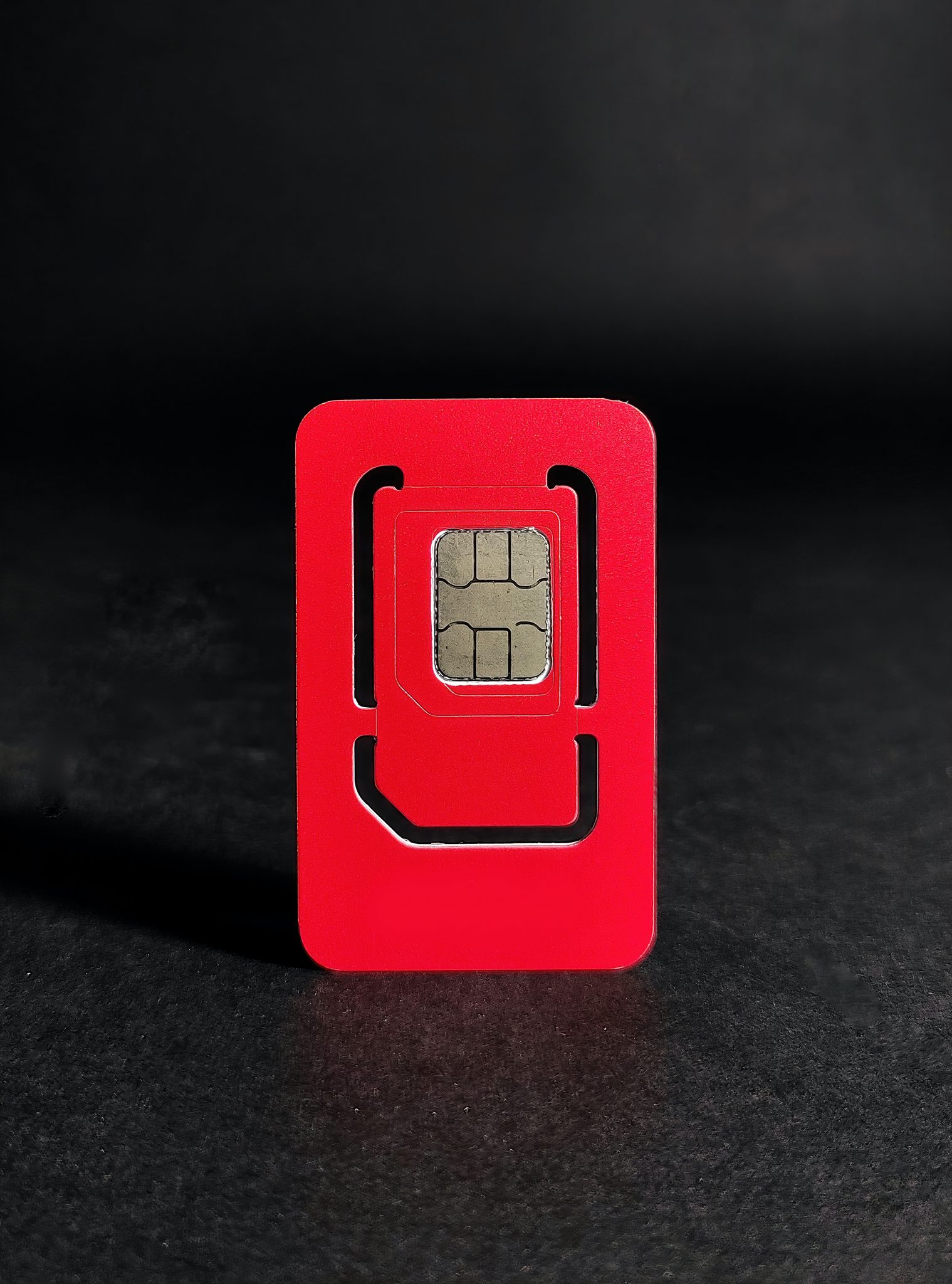
How to unlock a phone
It is a little more complicated than simply unlocking your phone or SIM card from the lock screen.
To find the process for additional carriers, try to look for the information on their official website before searching it on third-party websites. Most do it through an unlock request form on their website, where you will be asked to input the phone’s IMEI number and a few other details. Then, the carrier will unlock the phone for you.
These are examples of how to unlock a phone with T-Mobile, Verizon, and AT&T.
T-Mobile
On Android:
- Go to your phone’s Settings.
- Open the corresponding Network & internet section. For example, this is the path for Samsung smartphones: Settings > Connections > More Connection Settings > Network Unlock.
- Tap Permanent Unlock and wait until the mobile phone completes the process.
If you have an iPhone, contact T-Mobile and create a request so they can submit the unlock.
Verizon
Your phone will be unlocked when:
- 60 days have passed since your purchase, and if
- Your mobile phone is not flagged for fraud, or it’s not a lost or stolen device.
AT&T
- Visit the AT&T device unlock page.
- Make sure you meet the requirements to unlock your phone.
- Go to Unlock your device. If you don’t know your IMEI, call *#06# on your phone.
- On the next page, specify if you have a mobile number from AT&T and insert your number.
- Complete the subsequent steps to send the request. Your phone will be unlocked after the request is fulfilled.
Verizon will automatically unlock your phone when these conditions apply:
How long does it take to unlock a phone?
It is not instant. The time it takes to unlock a phone depends on your provider. The process can take up to 30 days or just a few days. Check your carrier’s information on how to unlock a phone or ask them directly to know more.
Why do carriers lock phones?
High-end smartphones are expensive. Carriers subsidize the cost of a phone when they tie you into a contract (usually for two years). Locking the phone to the carrier decreases the chances of leaving the network provider.
It is also argued that the contract ties you into the carrier anyway, and it is pretty easy to unlock your phone nowadays—this practice is somewhat outdated. If we’re to be honest, locking mobile phones is pretty much pointless now, although some carriers continue to do it.
What are eSIMs?
An eSIM allows you to activate a cellular plan from your carrier without using a physical SIM card. They are much better for consumers and phone manufacturers and much easier to install—manufacturers can use the extra space previously allocated to physical SIMs to increase the devices’ performance and specs.
eSiMs are convenient if you want to have more than one network on the same phone, for example, if you are traveling to another country and want to set up additional networks more easily.
👉 Learn more: Complete list of eSIM-supported phones
Is it legal to unlock a phone?
Yes, it’s legal. Moreover, according to the Federal Communications Commission, the carrier must unlock your phone for free after it is fully paid. However, changing carriers before your contract expires may be liable for early termination fees.
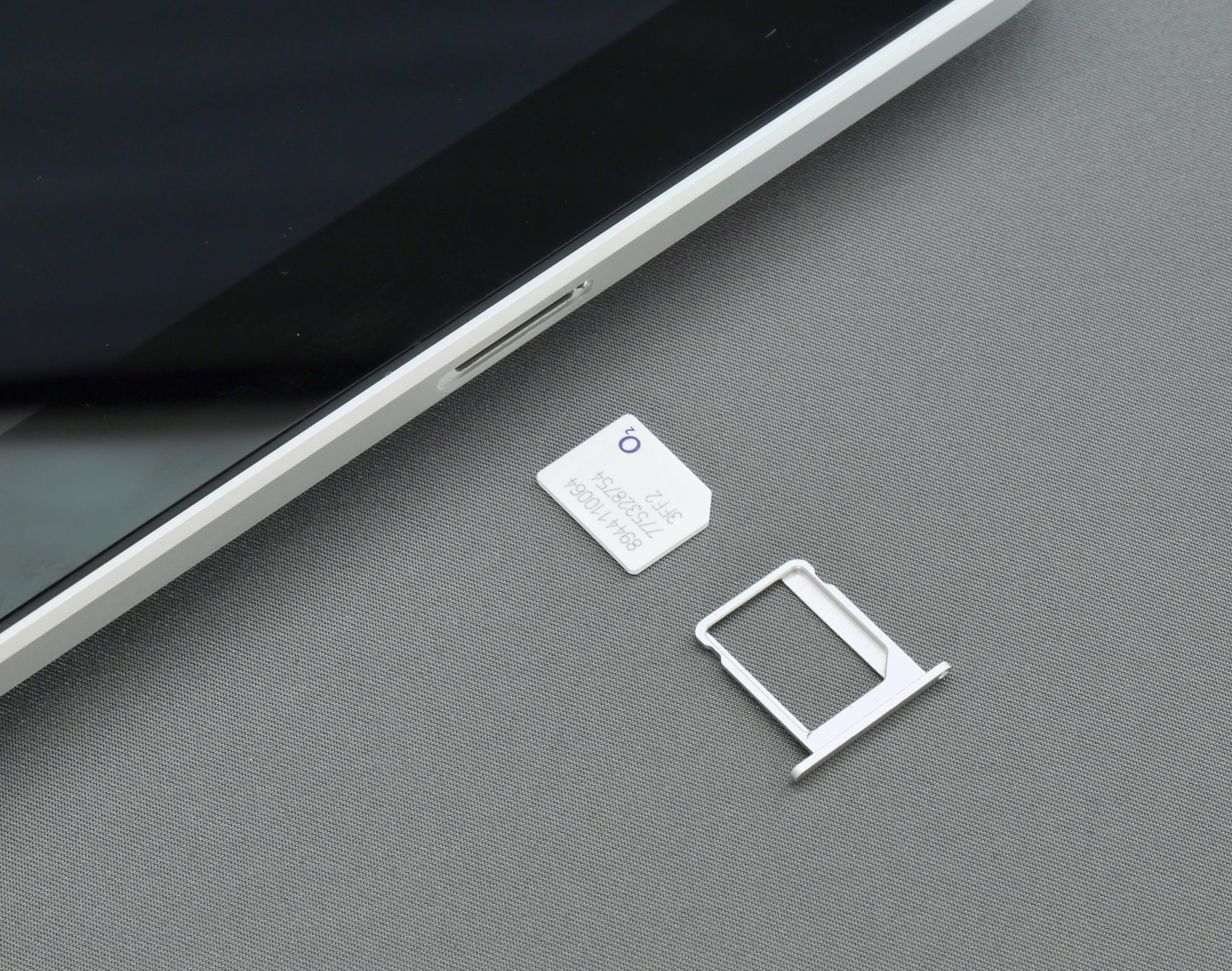
Should I unlock my iPhone?
You definitely should unlock your iPhone for several reasons:
- An unlocked iPhone gives you the freedom to use it worldwide. Fancy a week’s vacation to South Africa? Pick a new SIM card up at the airport in Cape Town and start texting and surfing the web with ease—forget high roaming costs or even having no connection; an unlocked iPhone gives you much more freedom.
- An unlocked iPhone allows you to switch carriers in your country whenever you wish. Maybe you may move somewhere without signal with your current network provider, or another service offers a better deal. Freedom to switch is a great advantage in these cases.
- Unlocked iPhones are worth more. If you decide to sell your phone, an unlocked one can be sold for a higher price than a locked one due to its flexibility and additional benefits.
- The final reason: it’s free! Since it costs nothing to unlock your iPhone, you may as well do it as there are no negatives.
How to know if your iPhone is unlocked
The process of knowing if your iPhone is unlocked is simple. Follow these steps:
- Open the Settings app on your device.
- Scroll down and tap General.
- Tap About on the next screen.
- Scroll down to locate Network Provider Lock.
If the Carrier Lock screen says No SIM restrictions, you are free to use your iPhone with any carrier. If it doesn’t say so, it’s probably locked, and you might want to unlock it.
Save money with a refurbished unlocked iPhone
If you want an unlocked phone, you can consider purchasing a refurbished iPhone. A refurbished phone has been restored to fully working condition after being used as a display model or returned for any reason. It has the same functionality as a brand-new model for a lower price.
You can browse unlocked iPhones on RefurbMe and start comparing prices. We only list refurbished products from professional merchants that offer a warranty. See our compared models in real time:
Thank you for your visit, and we hope to see you soon!


